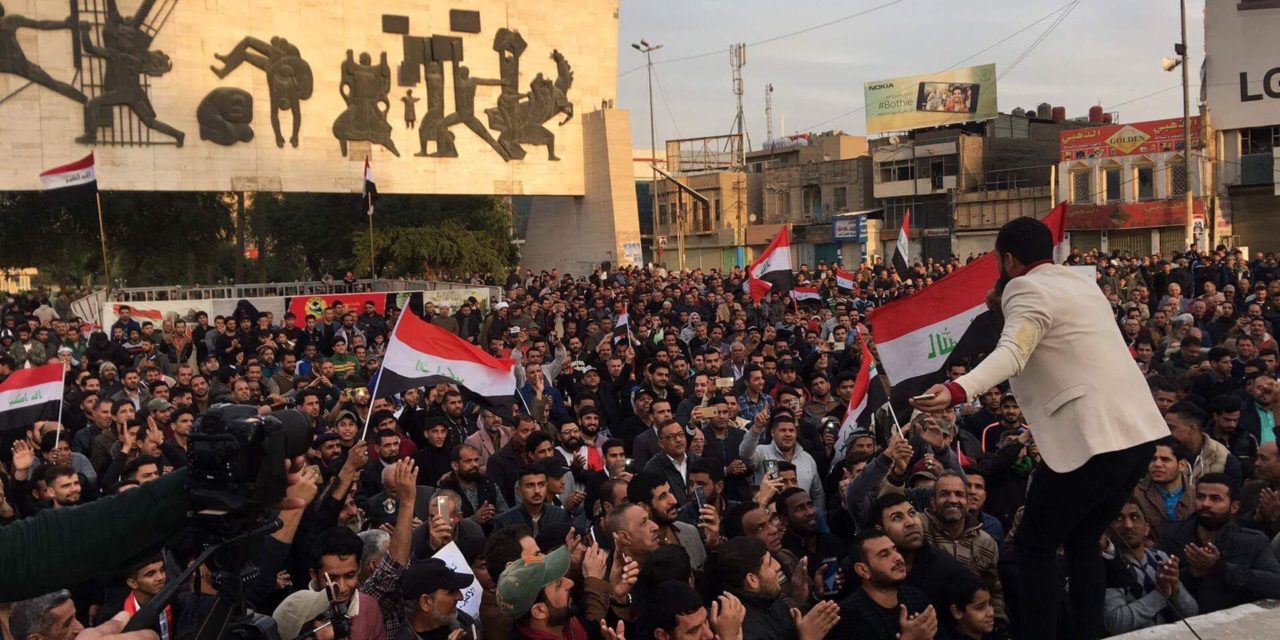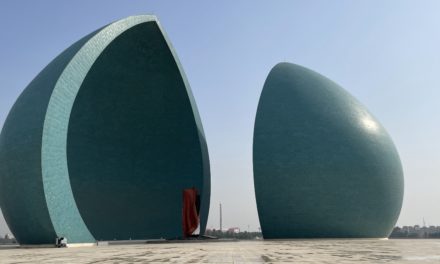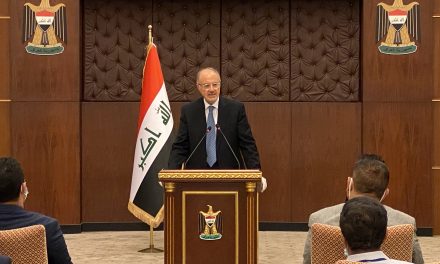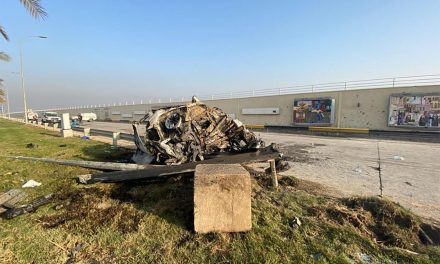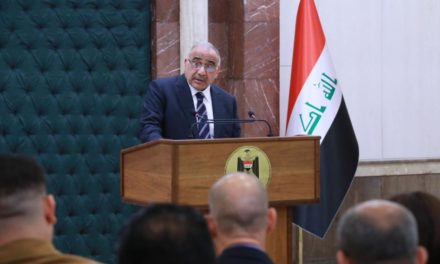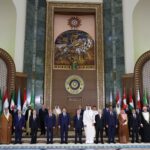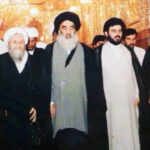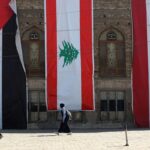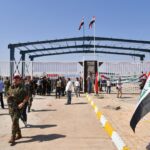A reading into the demographic sustainability of the protest movement in light of the election’s aftermath and the inevitability of reform.
The June 21 ruling by the Supreme Federal Court on the objections to Parliament’s amendment to the election law, a legislation which among many things mandated a full manual recount of all votes, seems to be a master class response to the conflicting political reactions to the election results and the allegations of fraud. The ruling, detailed over 18 pages flows logically and address the issues in a manner consistent with the constitution as interpreted by the Supreme Federal Court. While it simultaneously satisfies and upsets all parties in the dispute, yet it provides the framework for a compromise as evidenced by the wholesale acceptance of all parties of the ruling.
For instance, while it accepts the soundness of parliament’s action, it falls short of meeting its full demands. A requirement of a manual recount is ruled as an acceptable procedure to ensure the integrity of the elections, but that a wholesale annulment of the votes of overseas Iraqis, IDP’s, special voting for the armed & security forces of Kurdistan is deemed to be against the constitution. The implications of these would be: The two dominant Kurdish parties will likely lose seats in the areas where they were accused of rigging the electronic reading of the ballots, yet it preserves the seats gained from the votes of their armed & security forces with the result that they will maintain enough seats to still be relevant. The flip side is that Kurdish opposition parties, whose broader concerns were not met, yet will gain seats in areas that were lost due to the alleged fraud of the dominant parties. A manual recount will not likely alter much of the seat allocations in Baghdad, Mosul, Basra or many other centers in any meaningful way, thus preserving most of the gains of Sairun, Fatah or Nasr but might add some seats to State of Law, Wataniya or Hikma. On the other hand, a manual recount of places like Anbar while preserving overseas voting will aid Sunni parties who claim fraud and negative targeting while, maintaining some of the gains of those Sunni parties accused of such actions.
The cynical interpretation is that the Federal Court, while independent, has responded to the conflicting political pressures on it and crafted a compromise along the Lebanese formula of “no winners and no losers.” Thus, the same political forces of the past will find a solution that works for all in light of the relative shifting balance of power among them. This has already started with both the government and parliament continuing to function as normal by extending their roles until the final election results are ultimately ratified by year-end. The likely outcome is that in the next few months an agreement will be reached among the parties for the formation of a fully inclusive government along the same lines of past governments since 2003. Media coverage will be a replay of the same simplistic Iraq analysis, especially of those self-styled experts, that the political elite are perpetuating the past, ignoring the wishes of an angry electorate and risking conflict. Following them in seeing the future through the rear-view mirror will be ISIS/Jihadi experts in warning that this would create the conditions for violent conflict and the emergence of a new Super ISIS 2.0. Not wishing to be left behind, Iran hawks will argue that it will seal its dominance of Iraq in the emerging chaos at the expense of the U.S. that would once again lose all the gains achieved.
As attractive as it is to think along these lines, especially as the politicians have merely parroted the message of the protest movement but continue to follow the same old rulebook, which is particularly evident in post-election manoeuvring. This line of thinking misses the profound implications of Falah Jaber’s “The Iraqi Protest Movement: From Identity Politics to Issue Politics,” especially the extensive survey conducted between August 2015 and January 2016, coupled with Faris Kamal Nadhmi’s “Historical Bloc” thesis. Based on my understanding of these two papers, the authors argue that the 2015 protest movement which resulted in the break-up of the ethno-sectarian monolithic blocs dominant over the past 15 years, had not only succeeded in changing the way this election was fought but will continue to influence the political landscape for an extended period leading to meaningful change.
Demographic trends provide the most substantial support for this reading. Jaber’s survey notes that the under 30’s age group accounted for 60% of the protest movement. The significance extends beyond the fact that this age group accounts for over 67% of the population, in that the active component of this demographic, i.e., the 20-29 age group accounts for 17% of the total population. 10% of the population would join them as the 15-19 age group grows in the next few years – a situation that will continue given that Iraq’s population pyramid is heavily skewed towards the very young. The chart below clearly implies a steady increase in the current disenchanted ranks every year for an extended period.

The most potent aspect of this subset of the protest movement, in addition to predominantly belonging to the middle & lower middle class, is Jaber’s observation that this group depends on public sector employment for social mobility while also depending on the state for the provision of services. The combination of poor to non-existent pubic services and the recognition that past policies of continuously expanding the state payroll have reached their limits, was the common thread that started the protest movement. While the realization that the same combination has failed in building a diversified economy that can provide opportunities for the population, has sustained it.
The recipe of the closed path to public employment and the non-existence of public services with the growing demand for both from an expanding young population means stop-gap measures, or the temporary respite provided by higher oil prices, will not be sufficient or at best will only work for a short period. Instead, the combination requires upending the status quo.
Further supporting the reading above, is the nature and maturity of the protest movement. Jaber notes it has developed from sheer anger at the lack of services to a coherent movement with clearly stated aims of ending the current system of ethno-sectarian allocation of government roles and linking the same system to corruption and the squandering of resources. Moreover, what started as a grassroots movement with shared needs and marginalization of the masses has evolved into to an alliance of Sadrists, Communists, independents, and secularists in creating the historical bloc as theorized by Nadhmi – an alliance that transcends ethno-sectarian or ideological divides. Finally, the maturity of the movement is evident from the survey, which shows that the participants advocated both reform and fighting ISIS. They demanded both from the government at the same time instead of succumbing to the fears of an external danger as employed by ethno-sectarian politicians in the past to rally the respective communities.
Finally, the history of the last 38 years of almost continuous conflict that culminated in the trauma of the ISIS conflict, has led to the new generation’s rejection of conflict and ethno-sectarian identities. This generation, free from the demons of the older generations, is focusing instead on everyday needs for reform, a working economy, and a functioning inclusive government. This development is positive for the future of Iraq especially that it is happening just as the ideologies of Shia triumphalism, Kurdish nationalism, and Sunni revanchism have exhausted themselves and their failures to provide for their respective constituents since 2003 have been laid bare.
In conclusion, irrespective of who will form the new government or how the new government will take shape, it would still be handicapped by the fact that about 55% of eligible voters are against all of its constituents. It follows that the new government would need to seriously address the demands of the protest movement for the provision of services and the reconstruction of the country. Iraq is fortunate in that it has a three-year window of opportunity in which it can start this on its resources and build upon it with the support of its international stakeholders.
Disclaimer
Ahmed Tabaqchali’s comments, opinions, and analyses are personal views and are intended to be for informational purposes and general interest only and should not be construed as individual investment advice or a recommendation or solicitation to buy, sell or hold any fund or security or to adopt any investment strategy. It does not constitute legal or tax or investment advice. The information provided in this material is compiled from sources that are believed to be reliable, but no guarantee is made of its correctness, is rendered as at publication date and may change without notice and it is not intended as a complete analysis of every material fact regarding Iraq, the region, market or investment.
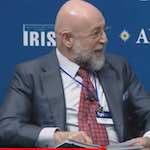
Ahmed Tabaqchali
Ahmed Tabaqchali, the Chief Investment Officer (CIO) of Asia Frontier Capital’s AFC Iraq Fund, is an experienced Capital Markets professional with over 25 years experiences in US and MENA markets. Currently a Fellow at the Institute of Regional and International Studies (IRIS) at the American University of Iraq-Sulaimani (AUIS).

